

Litmus paper red 1 packet
$2,500.00 Original price was: $2,500.00.$2,400.00Current price is: $2,400.00.
Litmus paper turning red typically indicates that the substance being tested is acidic. Litmus paper is an indicator paper treated with a natural water-soluble dye derived from lichens, and it changes color in response to the acidity or alkalinity of the solution it comes into contact with. In acidic solutions, litmus paper turns red, while in basic solutions, it turns blue. This simple test is often used in chemistry laboratories and other fields to quickly determine whether a solution is acidic or basic.
Uses of Litmus paper red
Acid-Base Testing:
Red litmus paper is commonly used to test whether a solution is acidic. If the litmus paper turns red upon contact with a solution, it indicates the presence of an acid.
Qualitative Analysis:
It’s often employed in qualitative analysis to determine the pH of a solution. By observing the color change of the litmus paper, one can infer whether the solution is acidic, neutral, or basic.
Educational Purposes:
Red litmus paper is widely used in educational settings to teach students about acids and bases. It provides a simple and visual way for students to understand the concept of pH and the behavior of acidic solutions.
Quality Control:
In industries where pH control is critical, such as in food and beverage production, pharmaceuticals, and water treatment plants, red litmus paper can be used for quick checks to ensure that solutions meet desired pH levels.
Research:
In research laboratories, red litmus paper can be used as a preliminary test for the acidity of various solutions before more precise pH measurements are conducted using electronic pH meters or other methods.
Related products
Aceto Carmine 100 ml
Properties
- Color: Red to purplish-red.
- Solubility: Soluble in water and ethanol.
- Staining Characteristics: Stains chromatin and cytoplasmic components, providing contrast for better visualization under a microscope.
Preparation
- Ingredients:
- Carmine dye: A natural red dye extracted from the cochineal insect.
- Acetic acid: A colorless liquid organic compound with a pungent smell.
- Procedure:
- Dissolve a specific amount of carmine powder in hot distilled water.
- Add glacial acetic acid to the solution.
- Filter the mixture to remove any undissolved particles.



 LABORATORY EQUIPMENT & APPARATUS
LABORATORY EQUIPMENT & APPARATUS
 Fertilizers
Fertilizers Plant Growth Regulators
Plant Growth Regulators Soil Conditioners
Soil Conditioners Animal Feed Additives
Animal Feed Additives Biostimulants
Biostimulants Dough Conditioners
Dough Conditioners Flour Treatments
Flour Treatments Fat Replacers
Fat Replacers Preservatives (baking)
Preservatives (baking)
 Surfactants (cleaning)
Surfactants (cleaning) Builders
Builders Bleaching Agents
Bleaching Agents Enzymes
Enzymes Solvents (cleaning)
Solvents (cleaning) Fragrances
Fragrances

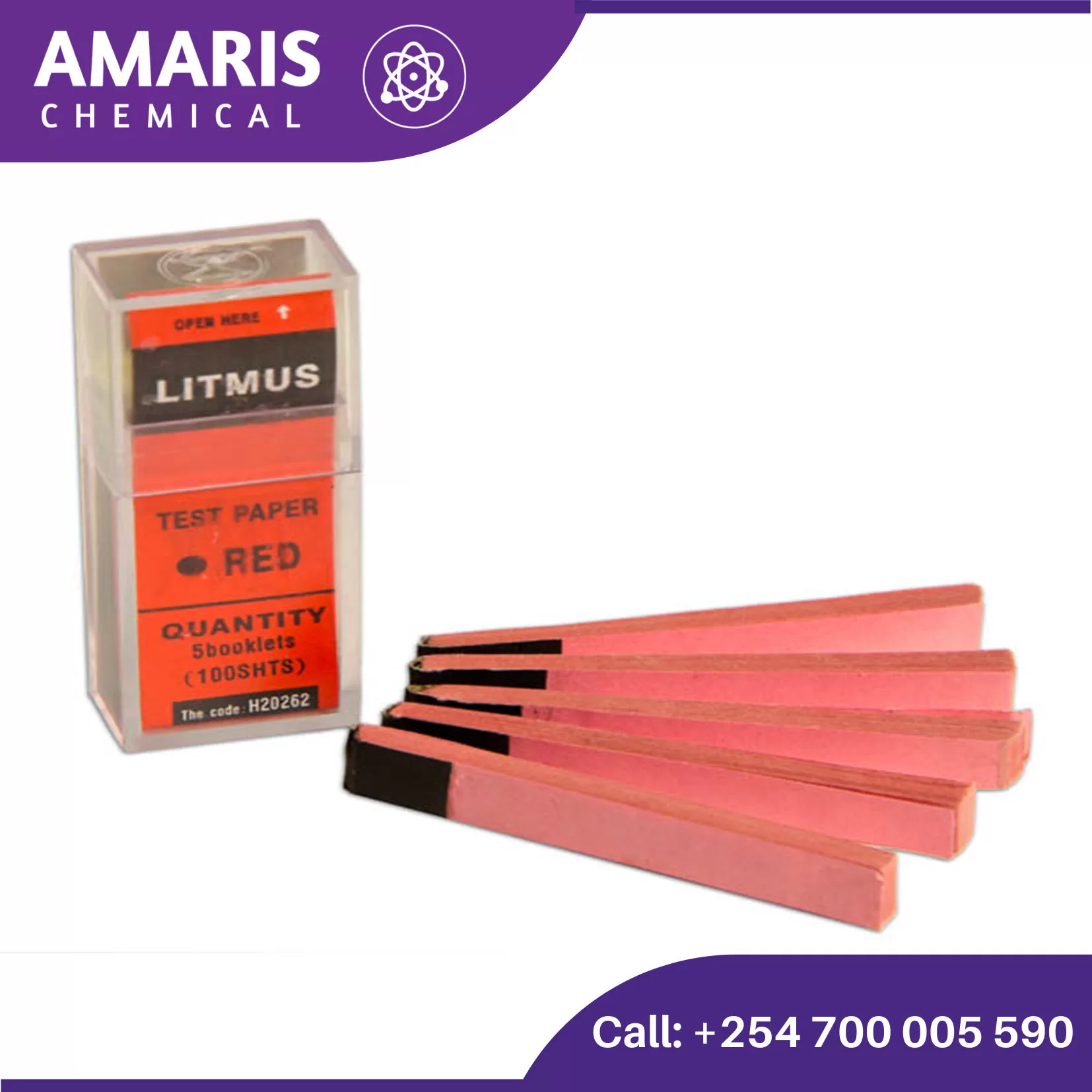
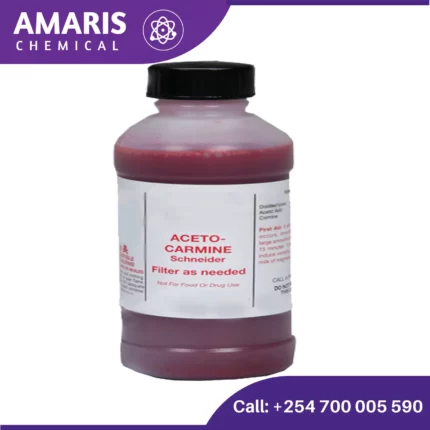
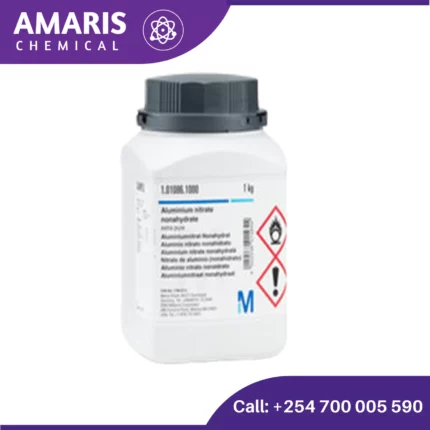


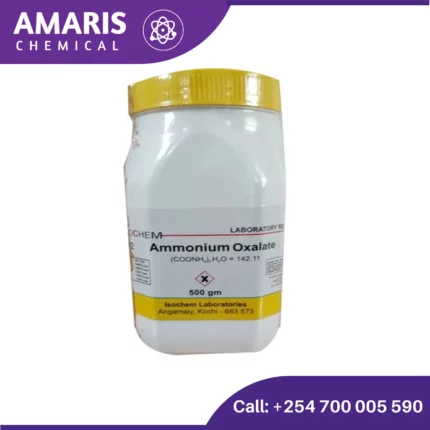

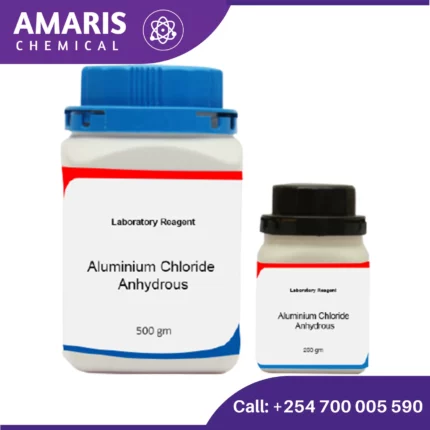















Reviews
There are no reviews yet.